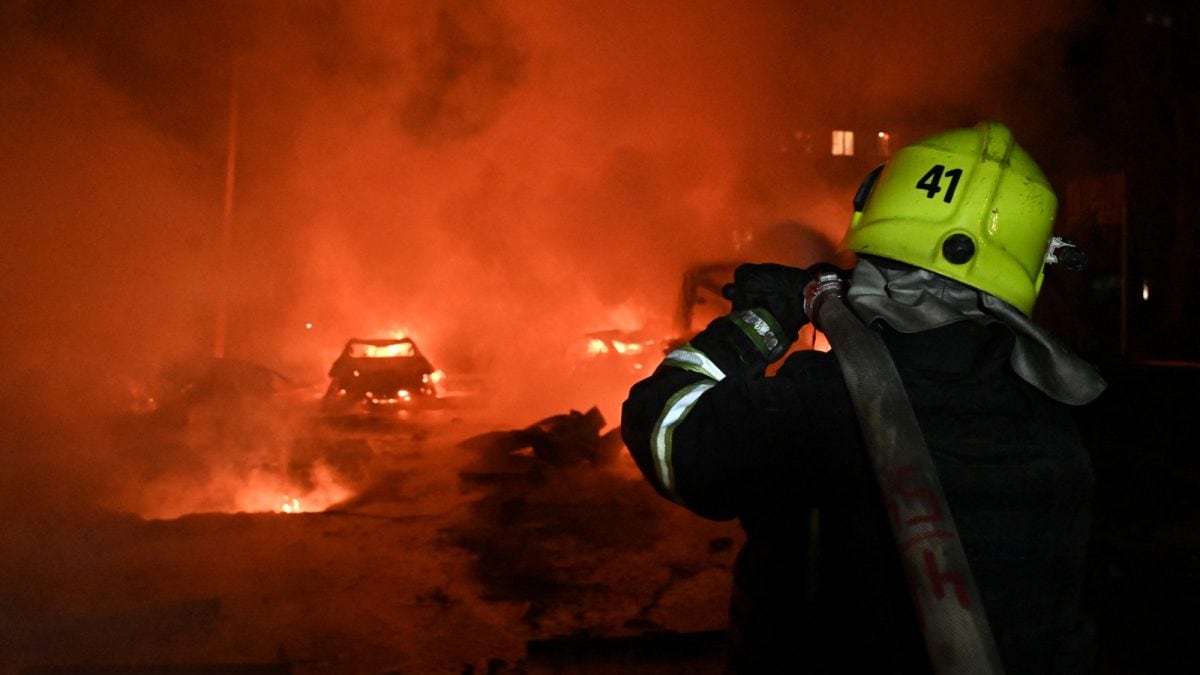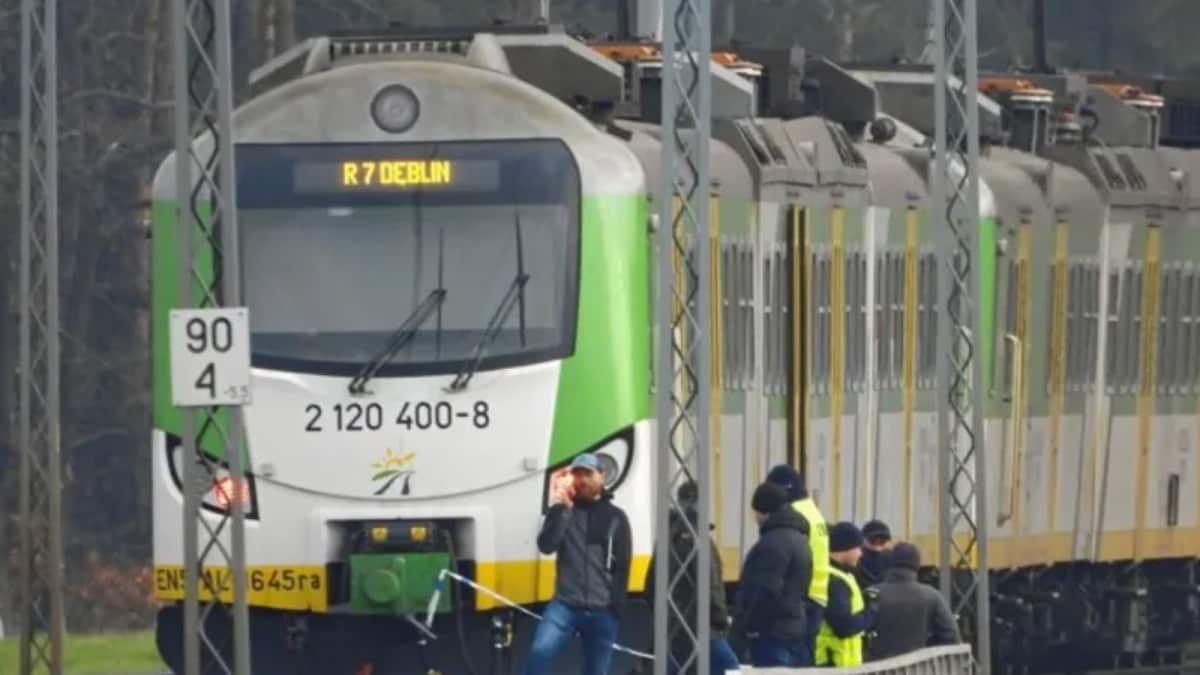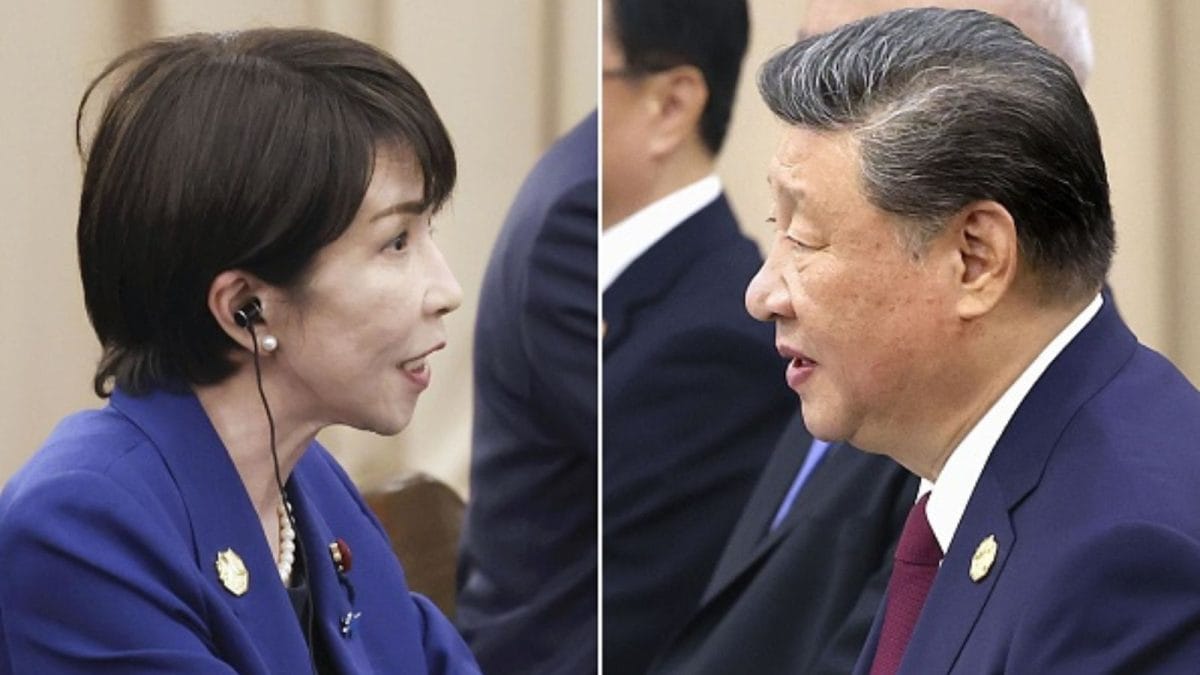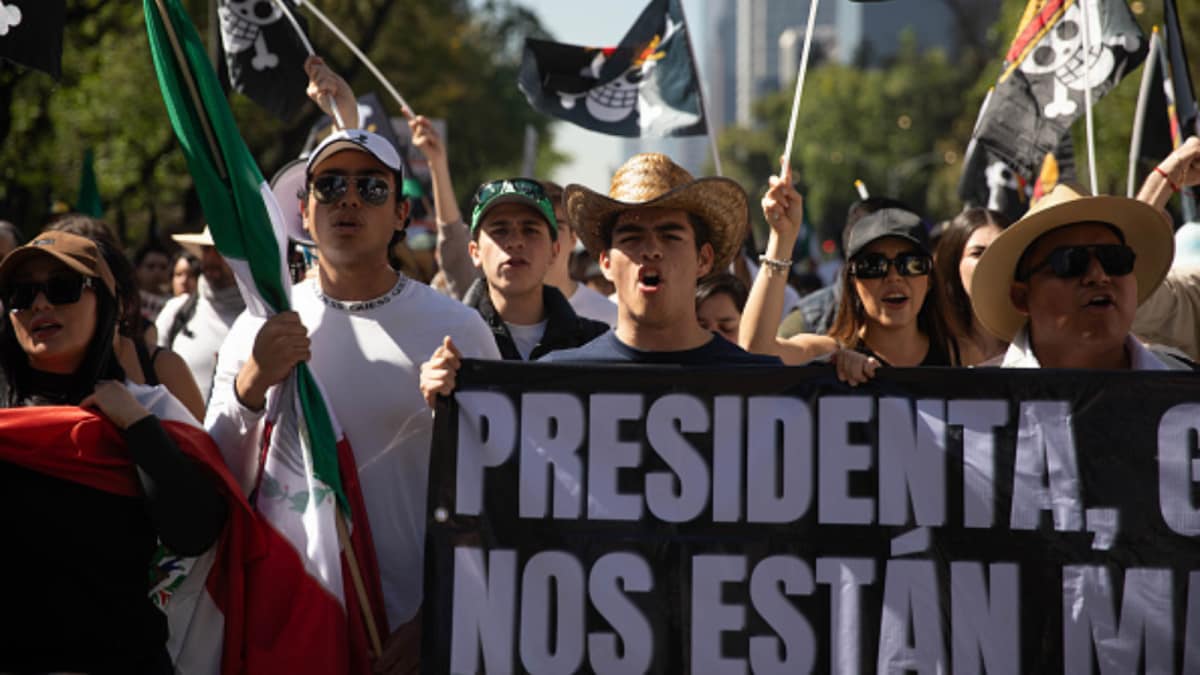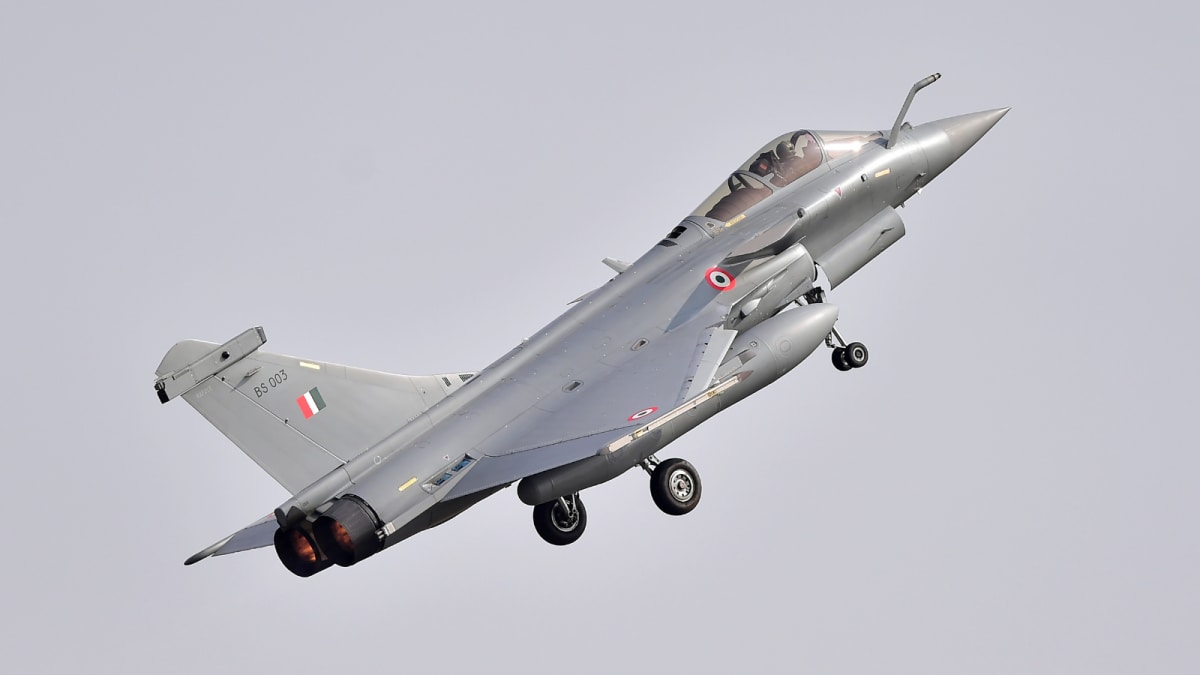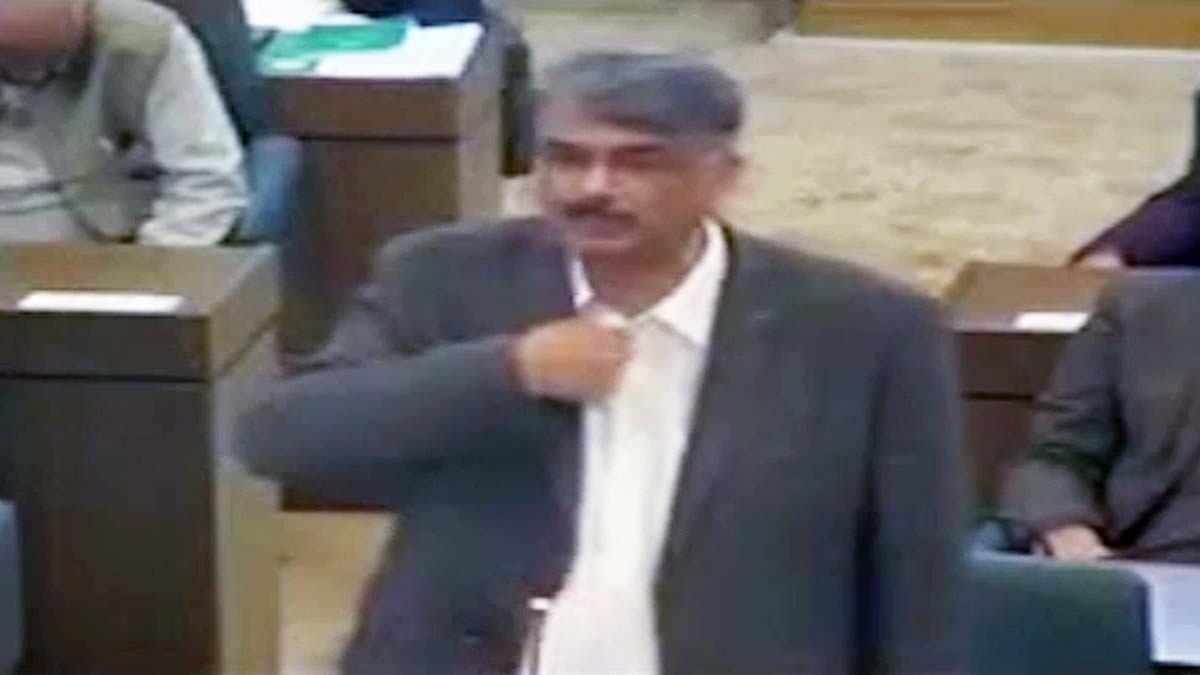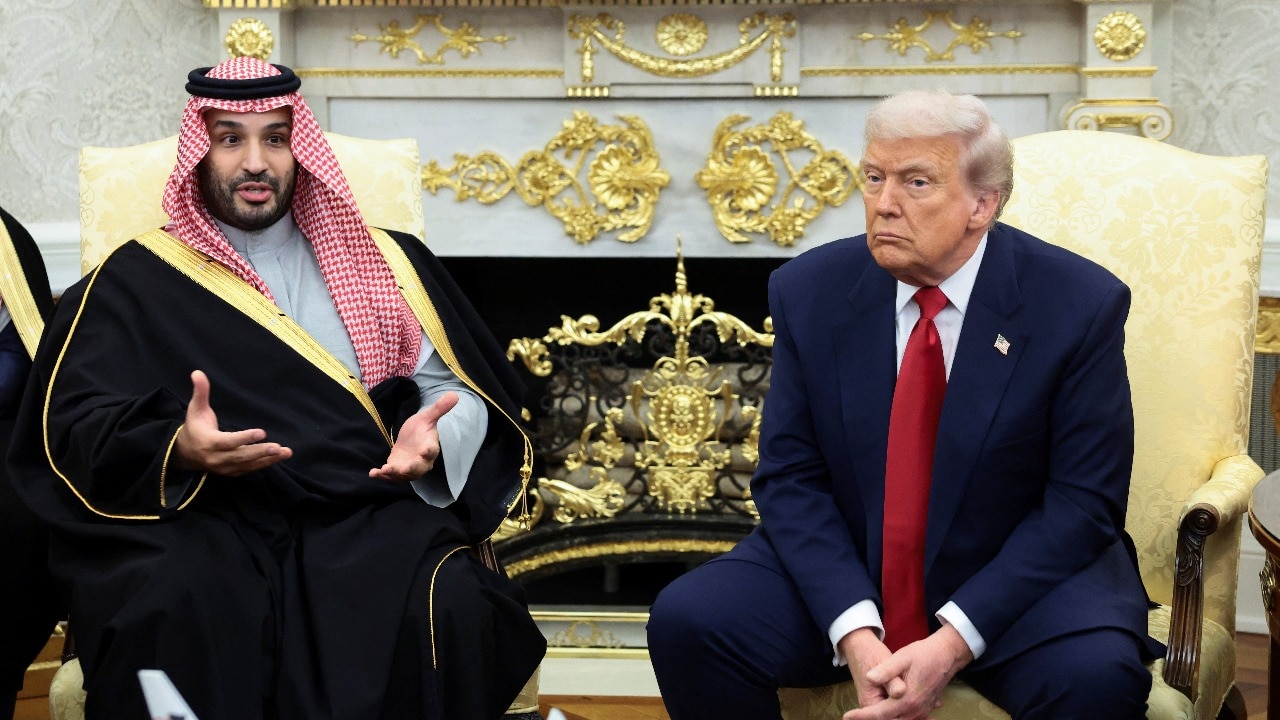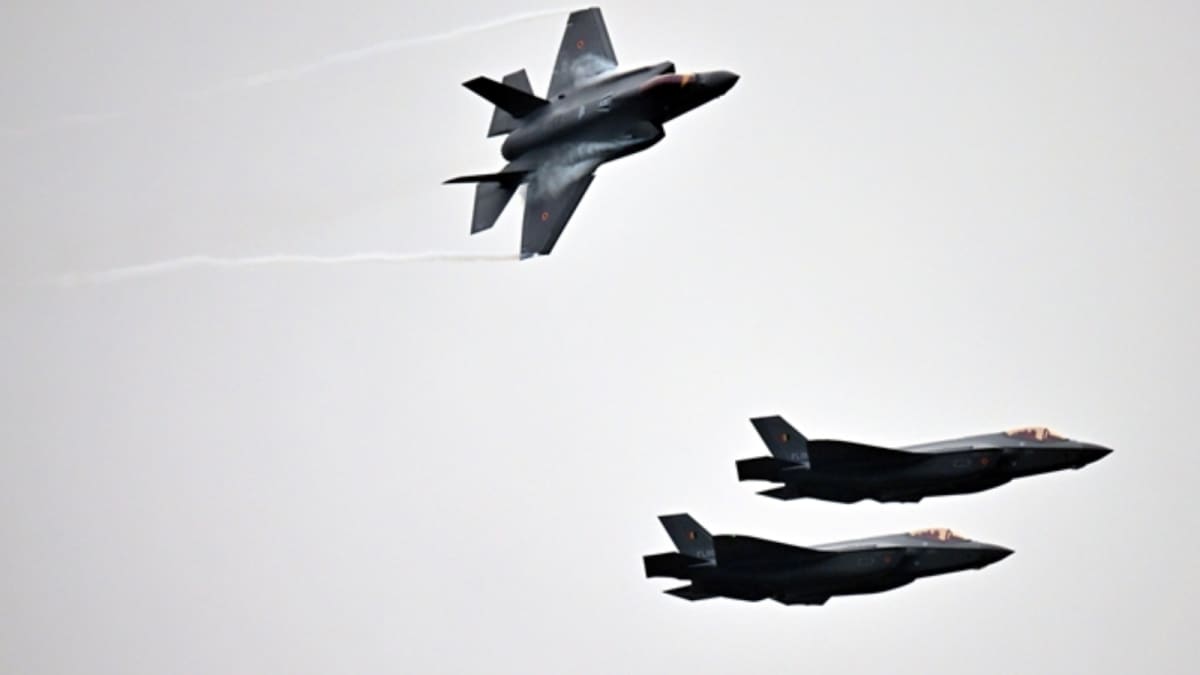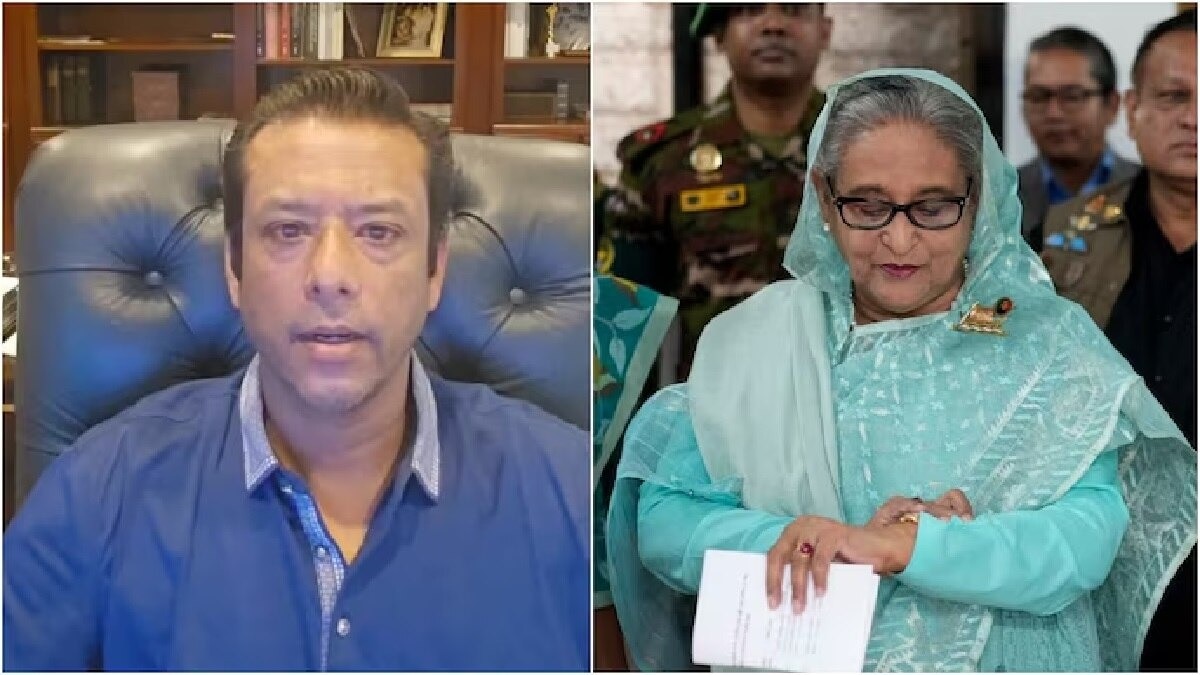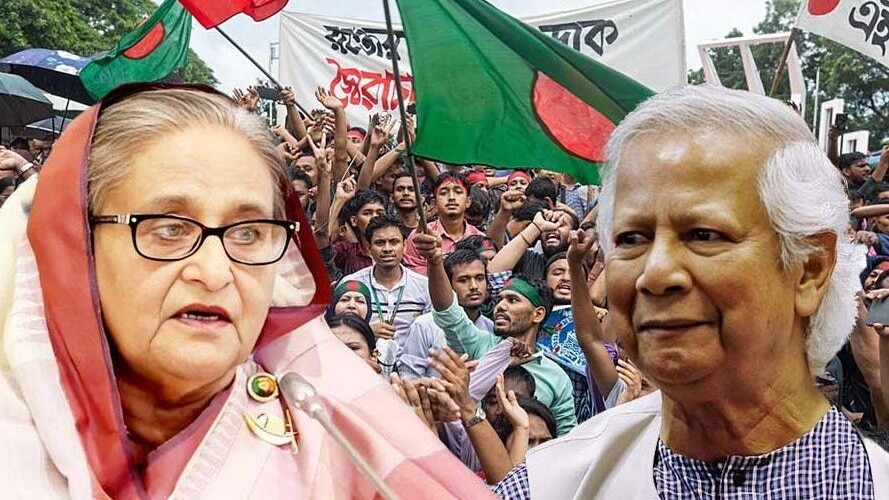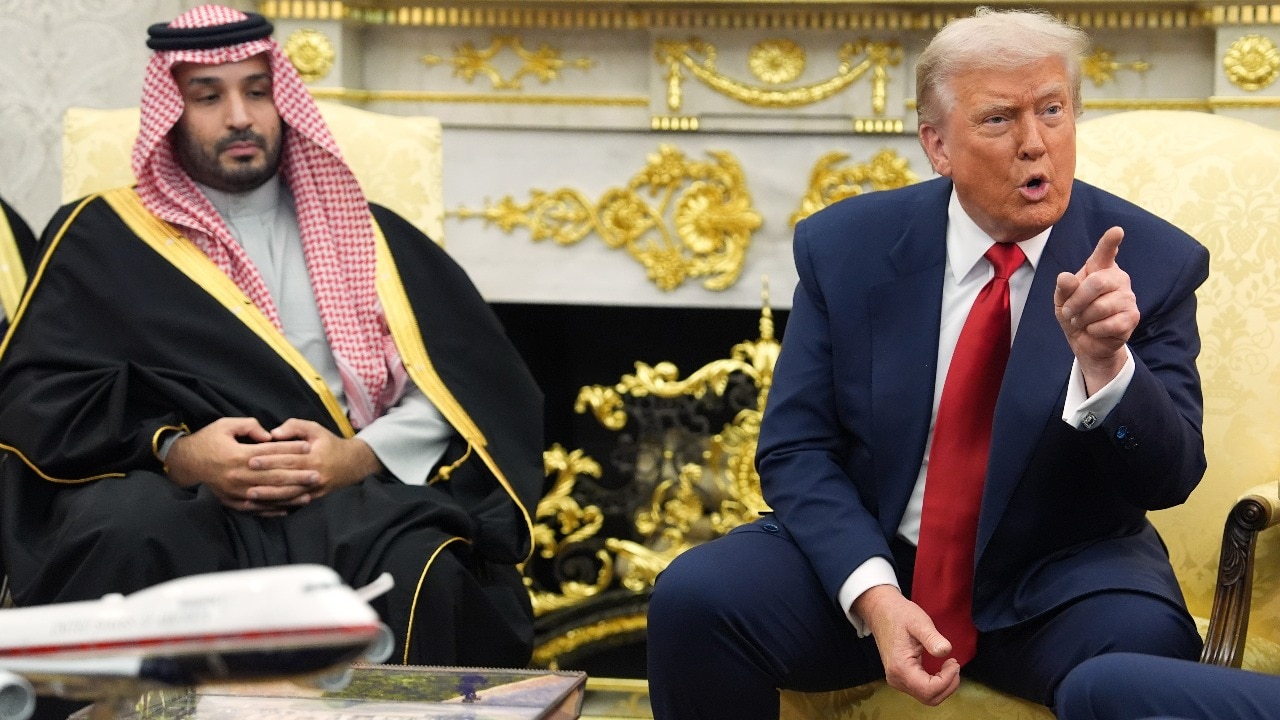Last Updated:November 19, 2025, 16:04 IST
The Commission report stated that China allegedly deployed “fake social media accounts to propagate AI images of supposed ‘debris’ from Rafale planes.”

China Used AI to Target India With Operation Sindoor Rafale Disinformation. (File Pic)
The gradual thaw in India-China relations following the Shanghai Cooperation Organisation (SCO) Summit has coincided with new allegations from a United States congressional advisory body.
On Wednesday, the US-China Economic and Security Review Commission accused Beijing of orchestrating a “disinformation campaign" in the aftermath of India’s Operation Sindoor, using artificial intelligence-generated images and fake social media accounts to influence global defence perceptions.
What the US agency said?
In its annual report to Congress, the Commission stated that China allegedly deployed “fake social media accounts to propagate AI images of supposed ‘debris’ from planes," portraying Indian and French aircraft as having been destroyed by Chinese systems.
The report further alleged that Beijing’s objective was to undermine the global market prospects of the French-made Rafale fighter jet, which is operated by the Indian Air Force, and instead promote its own next-generation J-35 aircraft. The narrative, it claimed, formed part of China’s wider Grey Zone strategy, a set of tactics used to influence geopolitical outcomes without direct military confrontation.
According to the Commission, China “opportunistically" exploited the India-Pakistan conflict in May, when tensions escalated sharply, to highlight what it described as the sophistication of its own weaponry. This, it argued, was intended both to reinforce China’s standing amid ongoing border tensions with India and to serve its expanding defence-export ambitions.
Operation Sindoor
India launched Operation Sindoor in May in response to the Pahalgam terror attack in April, in which 26 civilians were killed. The operation involved strikes on terror infrastructure and military assets inside Pakistan.
In August, Air Chief Marshal AP Singh confirmed that the Indian Air Force had destroyed five Pakistani fighter jets and a large airborne surveillance aircraft during the operation. The achievement boosted India’s military standing and further strained Pakistan’s efforts to challenge the narrative internationally.
India-China ties
Turning to India-China relations, the Commission’s report underscored what it described as a fundamental “asymmetry" between the two nations regarding the resolution of border disputes.
It observed that China has employed high-profile diplomatic engagement to secure partial resolutions while attempting to compartmentalise the boundary issue. Beijing, it said, uses this approach to retain strategic space for cooperation in trade and investment without compromising its territorial claims.
India, by contrast, insists that genuine normalisation of bilateral relations is not possible without a sustainable and comprehensive settlement of the border question. The report noted that New Delhi has increasingly recognised the seriousness of China’s posture along the Line of Actual Control.
The Commission criticised the absence of concrete progress, stating that recent agreements between the two countries remain “largely conceptual," lacking detailed mechanisms or meaningful follow-through.
Dalai Lama successor and India-China relation
The report also highlighted the likely succession of the Dalai Lama as a potential flashpoint in India-China relations, suggesting that tensions could intensify depending on how both sides position themselves.
It remains uncertain, the Commission said, whether current diplomatic engagements reflect a long-term shift towards genuine stabilisation or are driven by India’s desire to hedge amid fluctuating negotiations with the United States.
Prime Minister Narendra Modi’s visit to China for the SCO Summit, where he met President Xi Jinping and President Vladimir Putin, was regarded in Washington as part of this hedging strategy, especially following the imposition of 50 per cent US tariffs on Indian goods earlier this year.
Meanwhile, despite the turbulence, India-US ties have begun to stabilise in recent months. Officials expect the first tranche of a new trade agreement to be announced soon, signalling a possible reset in economic relations.
Shuddhanta Patra, a seasoned journalist with eight years of experience, serves as Senior Sub‑Editor at CNN News 18. With expertise across national politics, geopolitics, business news, she has influenced public...Read More
Shuddhanta Patra, a seasoned journalist with eight years of experience, serves as Senior Sub‑Editor at CNN News 18. With expertise across national politics, geopolitics, business news, she has influenced public...
Read More
Location :
United States of America (USA)
First Published:
November 19, 2025, 14:11 IST
News world China Targeted India With AI-Driven ‘Disinformation’ On Rafale After Op Sindoor: US Report
Disclaimer: Comments reflect users’ views, not News18’s. Please keep discussions respectful and constructive. Abusive, defamatory, or illegal comments will be removed. News18 may disable any comment at its discretion. By posting, you agree to our Terms of Use and Privacy Policy.
Read More

 1 hour ago
1 hour ago


